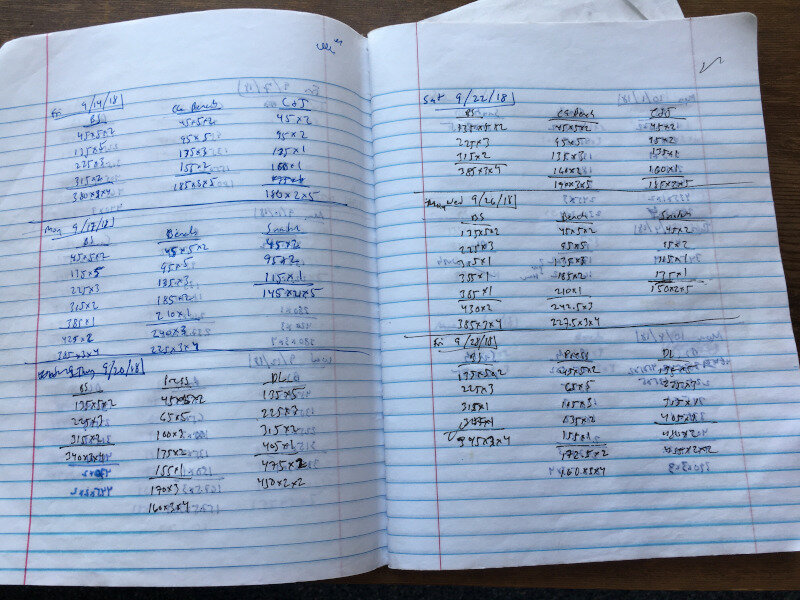Should I Train When I'm Sick?
/We get the following question every now and then at the gym or online: “Should I train when I’m sick?” Let’s break it down and keep it as simple as possible.
If you’ve got a cold, you train. If you’ve got the flu, you don’t.
For a short video covering this topic - including a short personal anecdote - check out the included video.
Yes, there may be more subtleties to your situation, but this is a good starting point. If you’re congested, you’ve got a runny nose, you’ve got a cough, go train. In fact, if you played sports in grade school, high school, or college, you already know this. You know that - in this type of situation - you’ll feel better when training than you do the rest of the day.
That hour to hour-and-a-half of training might be the only time that day that you actually feel pretty normal. Your nose stops running or doesn’t run as much, your cough improves, you can breathe better, etc. In this type of situation, you won’t feel worse during the training session, and you might actually feel better afterward as well.
“I’m coming down with a head cold” is not a valid reason not to train - it’s just a lousy excuse to avoid doing something challenging.
However, if you’re running a fever, you’ve got chills and body aches, and your insides want to be on your outsides - whether out your mouth or the other end of the plumbing - then don’t train. Things will not go well - it won’t be a productive training session, and you’re going to make things worse for the subsequent days.
It’s worth noting that the barbell never lies - it will tell you if you’re making the right decision. If you start warming up, and whatever initial discomfort you have either remains the same or improves as the weight on the bar goes up, then train on. However, if you start to feel worse as the load increases, call it a day.
This is a simple approach and a very useful one, and as always, we hope this helps you get stronger and live better.
(Some links may be affiliate links. As an Amazon Associate, Testify earns from qualifying purchases.)







